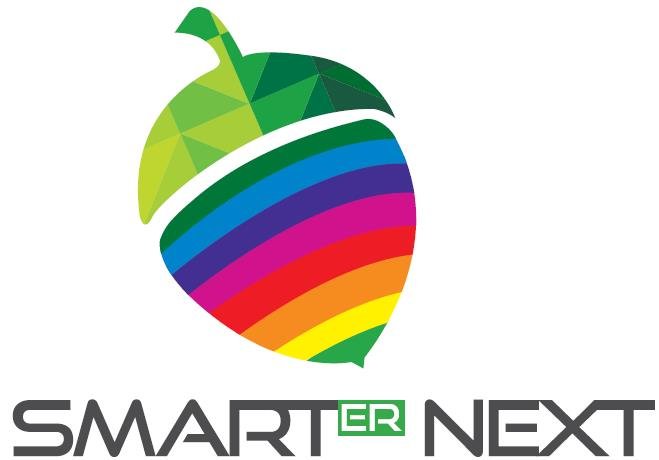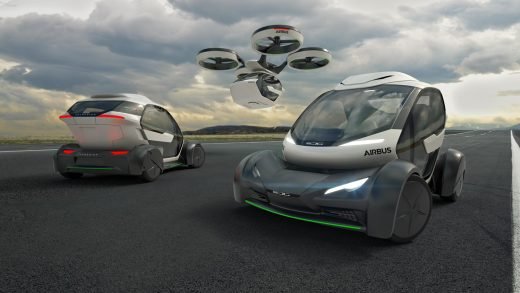Smart Energy for Smart Cities Technology Revenue Is Expected to Reach $20.9 Billion in 2024
Cities, utilities, and smart energy for smart cities vendors are expected to take advantage of market synergies, report finds
A new report from Navigant Research examines the smart energy for smart cities market, focusing on the smart grid and advanced energy technologies segments, with global market forecasts for revenue, through 2024.
 City leaders today are assuming a more proactive role in creating energy policies by developing comprehensive energy efficiency and carbon reduction goals to mitigate and adapt to climate change. This has resulted in ambitious energy projects supported by innovations in smart grid technology, demand management, alternative and renewable generation, and distributed energy resources (DER). Click to tweet: According to a new report from Navigant Research, global smart energy for smart cities technology revenue is expected to grow from $7.3 billion in 2015 to $20.9 billion in 2024.
City leaders today are assuming a more proactive role in creating energy policies by developing comprehensive energy efficiency and carbon reduction goals to mitigate and adapt to climate change. This has resulted in ambitious energy projects supported by innovations in smart grid technology, demand management, alternative and renewable generation, and distributed energy resources (DER). Click to tweet: According to a new report from Navigant Research, global smart energy for smart cities technology revenue is expected to grow from $7.3 billion in 2015 to $20.9 billion in 2024.
“Energy is the lifeblood of a city,” says Lauren Callaway, research analyst with Navigant Research. “Developing an integrated and sustainable energy strategy within the smart city framework is one of the most effective ways cities can contribute to their larger goals of addressing climate change, supporting citizen well-being, and fostering economic development.”
Many synergies exist within the technology frameworks that make up the backbone of the smart grid, advanced energy, and other smart cities applications, according to the report. In the next decade, cities, utilities and third-party vendors are expected to increasingly pursue opportunities to bridge complementary technologies, enabling the optimal use of citizen and city-owned energy resources and reducing redundant investments in infrastructure.
The report, Smart Energy for Smart Cities, analyzes the global smart energy for smart cities market, with a focus on two segments: smart grid and advanced energy technologies. The study investigates the key market drivers, barriers, dynamics, and regional trends related to smart energy for smart cities technology. Global market forecasts for revenue, broken out by segment, application, and region, extend through 2024. The report also examines the key technologies that constitute the smart energy for smart cities market, as well as the competitive landscape.
Source: Navigant Research
Photo/video source: Navigant Research









Recent Comments